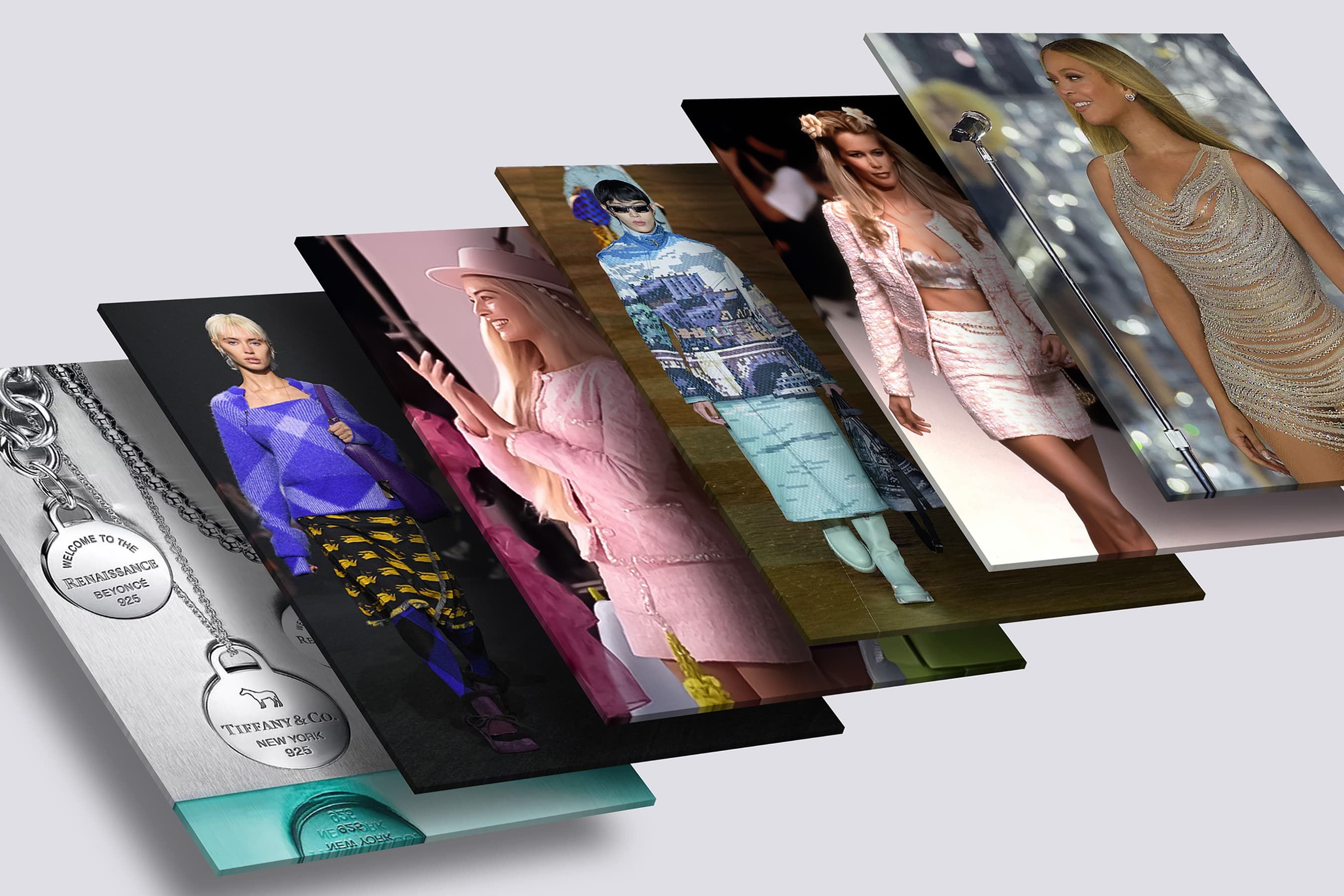Revitalize Your Brand: Unveiling Steps to Infuse Fresh Energy, Whether It’s Already Innovative or Awaits Rejuvenation
By Anne McCarthy
Legacy labels have a built-in loyal consumer who grew up seeing the label worn by celebrities and models on the pages of their favorite fashion magazines. These labels and brands benefit from decades of marketing and a central brand image long in place.
Much like Mattel’s Barbie doll and the huge box office numbers from the eponymous film, legacy labels and heritage brands have a built-in audience. In short, it doesn’t take a lot of marketing force to sell a Burberry trench coat. Its legacy and excellence speak for themselves. But brands stagnate, and continuous reinvention often correlates directly to success.
Look to tech companies, brands, and artists like Apple, Taylor Swift, Nike, Beyoncé, J.Lo, and Instagram. These behemoth brands (corporate or personal) are always putting a new spin on their core product or person.
Key Takeaways
-Cross-marketing and cross-collaborations typically yield positive results for legacy labels and heritage brands. The new Barbie film’s cross-collaboration with the house of Chanel is an example of this.
-Sponsoring major global events, such as the 2024 Summer Olympics in Paris, is a power-player move and puts you at the forefront of the public gaze. LVMH, the luxury group and parent company to major legacy brands like Dior, Louis Vuitton, Givenchy, and more, announced this quarter that it would be a sponsor for the Summer Olympics and Paralympic games to the tune of €150 million.
-Injections of newness and playfulness, like the kind seen at Burberry by Chief Creative Officer Daniel Lee, help a traditional brand with a long history feel innovative, alluring, and fresh.
Index
Reinvention versus Stumbling
But legacy labels and heritage brands can stall, too. Luxury retailer Henri Bendel existed for over 100 years and eventually shuttered entirely by 2019 after L Brands acquired the company. Brands are always in flux; look at Hunter boots, the label most emblematic of “Wellies,” beloved by festival go-ers and chic celebrities. In Q2 of 2023, Hunter was reportedly “stumbling towards the brink of extinction” due to inflation, climate change, and supply chain issues.
In March 2023, Amsterdam-based fashion brand Scotch & Soda filed for bankruptcy due to cashflow problems, which began during the Covid-19 pandemic. Pandemics, high rent fees, disruptions to distribution chains (i.e., the closure of major department stores which once distributed beloved brands), and diminished profitability are all factors that can negatively impact fashion brands and their P&L statements.
Here are some legacy labels and heritage brands that continue to reinvent themselves, innovate, and maintain their historical significance but in a way that feels fresh. Here’s what we’re seeing in Q3 for 2023 among legacy labels that continue to sharpen their images, reinvent, and innovate in exciting ways.
Louis Vuitton
LVMH is the French luxury goods company that includes subsidiaries Louis Vuitton, Dior, Moët & Chandon, and more. It’s also the largest luxury group in the world, and LVMH is among the most profitable fashion companies globally. Louis Vuitton and Dior play a significant role in its multi-billion-dollar success.
Frenchman Louis Vuitton established his eponymous company in 1854; it began as a luxury luggage company that made trunks. Today, it’s a global empire that’s constantly innovating. At the top of the quarter, Louis Vuitton was riding the high from Louis Vuitton’s Men’s Creative Director Pharrell Williams’ stunning Spring 2024 Menswear collection for the brand.
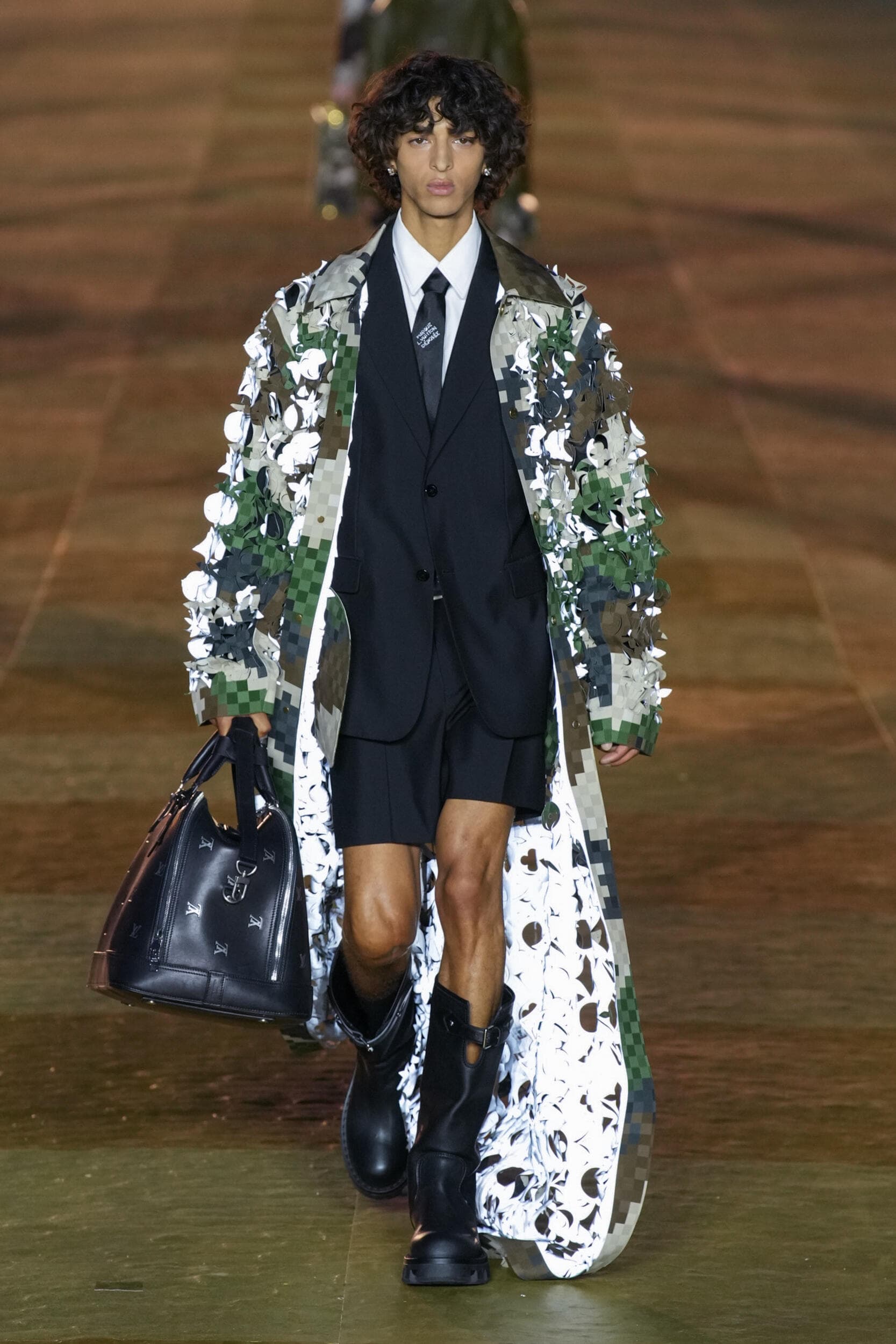
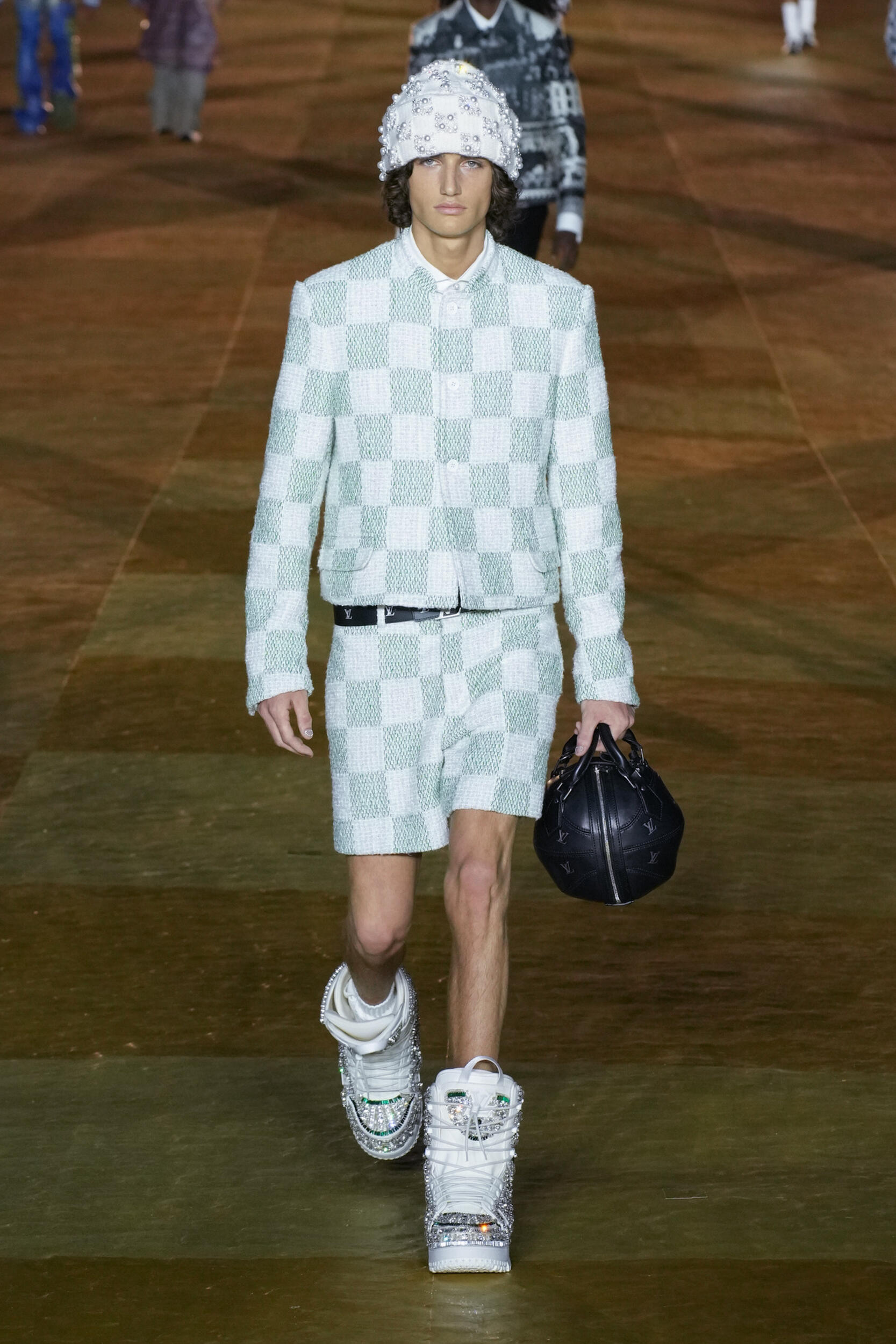
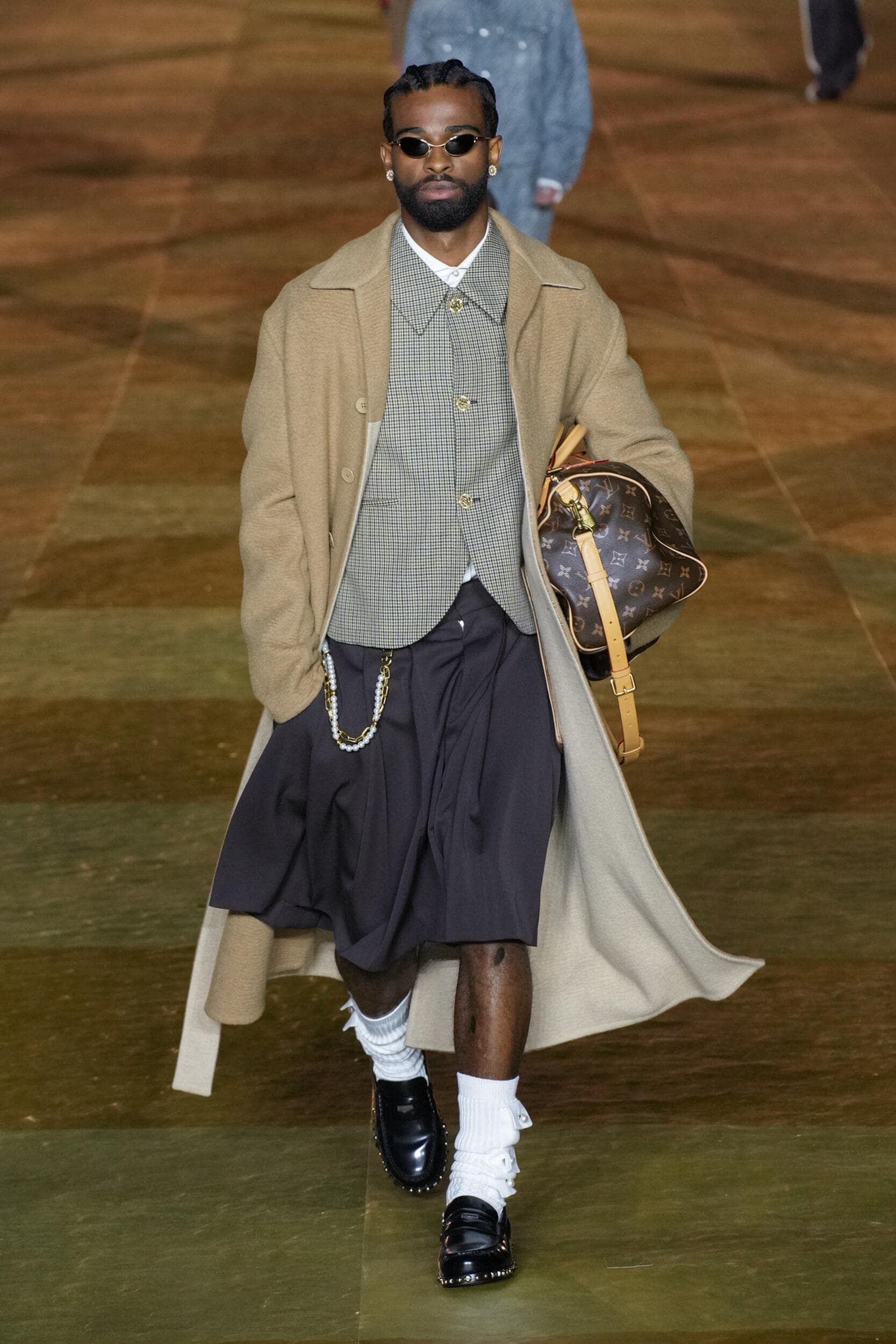
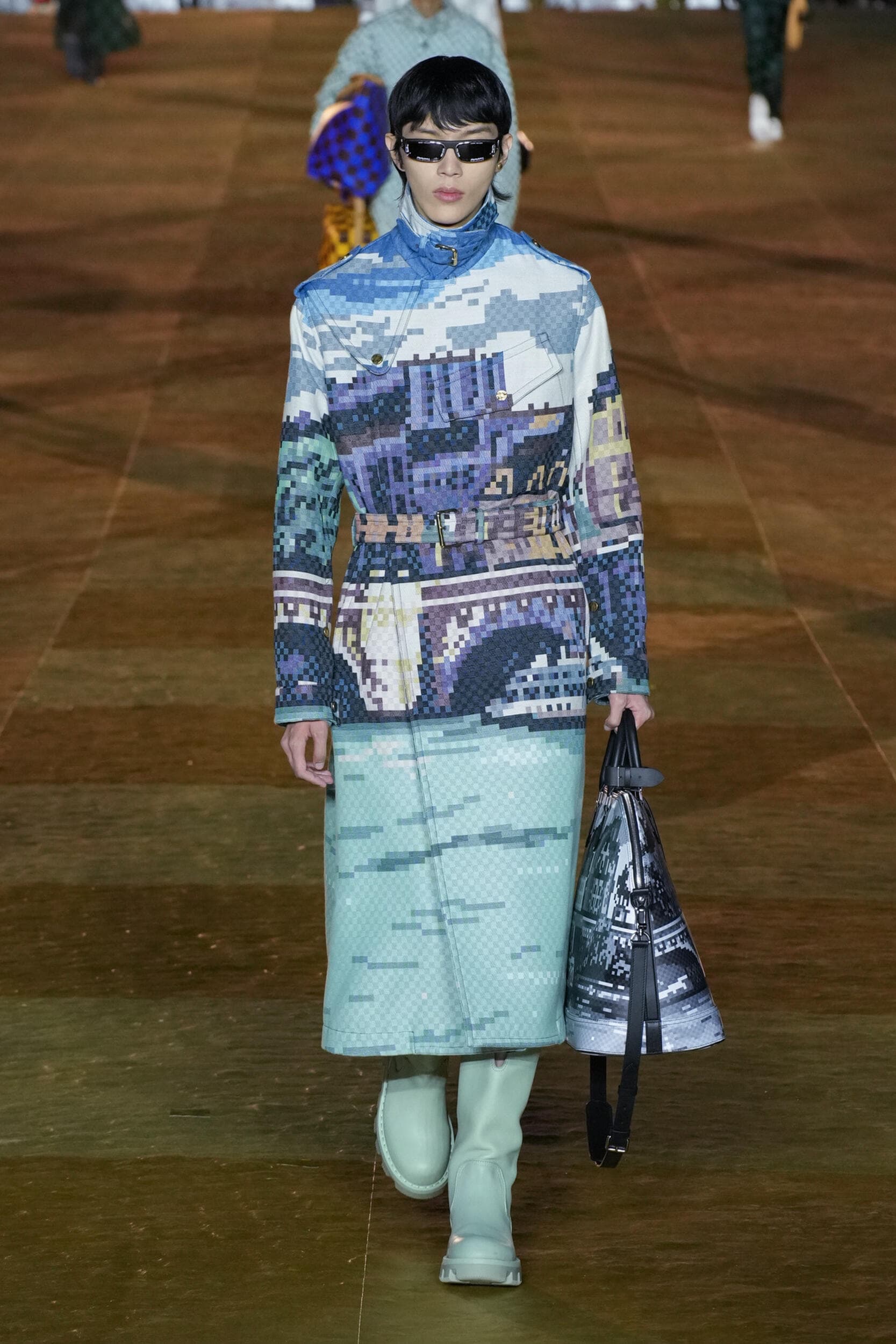
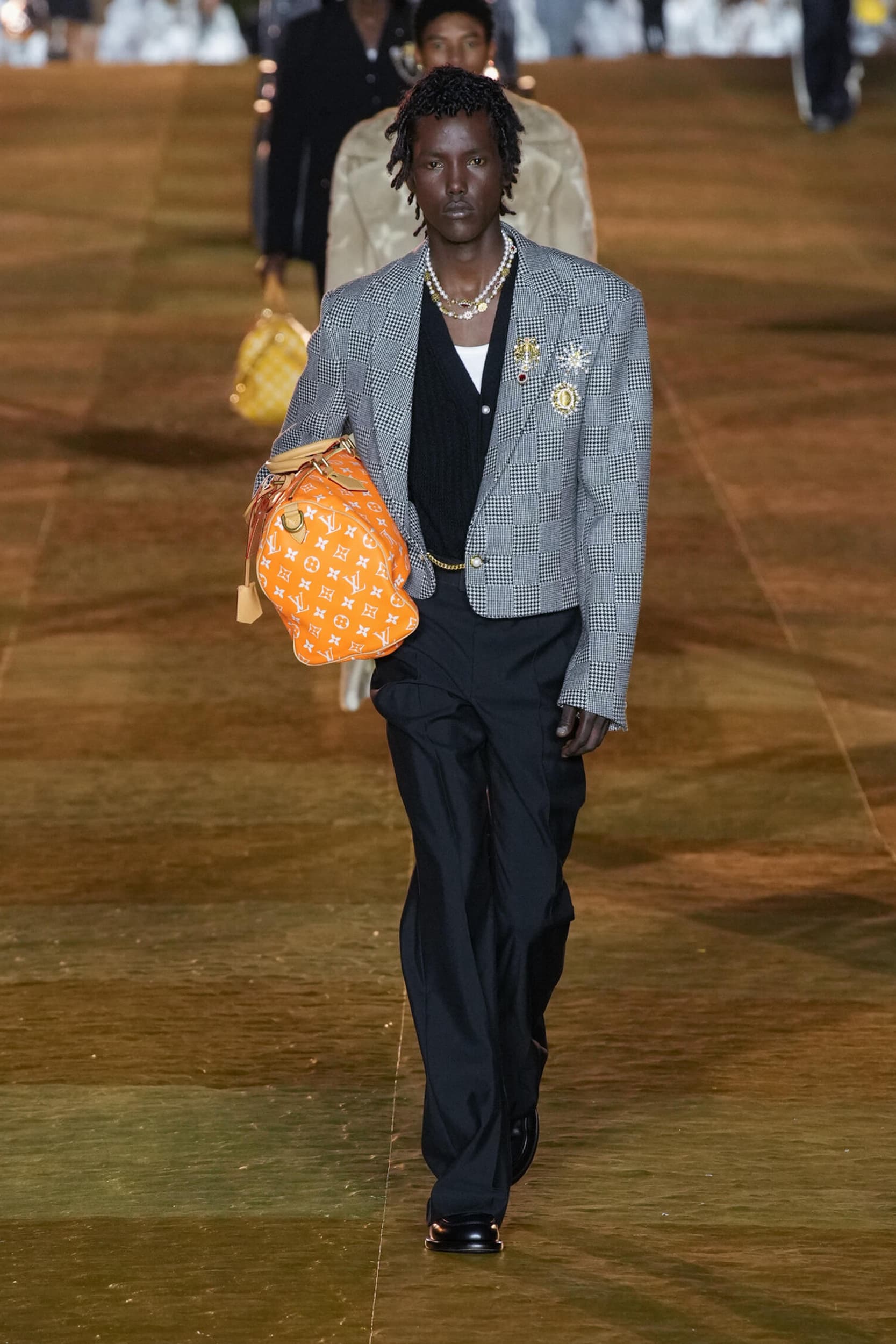
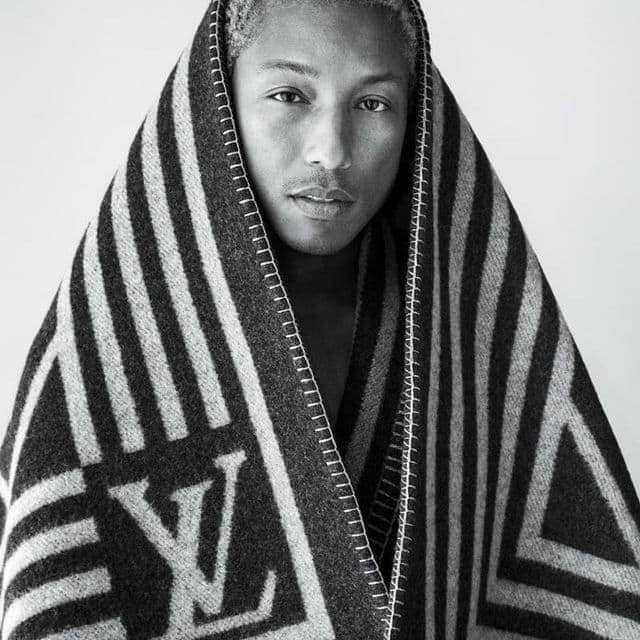
Williams injected fresh life into the already fresh and innovative brand, and the famous music producer and singer also incorporated music into the show with the Voices of Fire choir. Suffice it to say that Williams – the late Virgil Abloh’s predecessor – will continue to elevate the iconic brand to new heights.
Louis Vuitton’s parent company LVMH also announced in Q3 that it would be a sponsor of the 2024 Summer Olympics in Paris. It’s the largest sponsor of any company sponsoring the Olympics. LVMH is pumping €150 million into the Olympics and Paralympic games, and these kinds of big moves backed by deep pockets don’t go unnoticed. LVMH is securing its place as a fashion superpower by putting itself front and center for the world’s largest athletics event.

Chanel
Speaking of Barbie…Chanel got in on the Barbie movie mania when Margot Robbie (who plays the doll in the eponymous film) wore an archival Chanel ensemble as Barbie in the film. This was a calculated move; it wasn’t happenstance. Chanel, very smartly, collaborated with the film during production, and the movie has turned into a mega-blockbuster success.
Barbie was released near the top of Q3 on July 21, and it grossed over $162 million in its opening weekend. That’s a lot of eyes on some iconic Chanel pieces. The piece even had “Claudia” written in it because supermodel Claudia Schiffer originally wore it in the 1990s. Robbie said of the Chanel collaboration, PEOPLE reported, “There were some incredible outfits that I actually got to wear that Claudia Schiffer herself, who’s kind of like a real-life Barbie, wore.” The film featured several other Chanel pieces, including a pink quilted purse. (The Barbiecore aesthetic may stick around, and it may not; time will tell.)
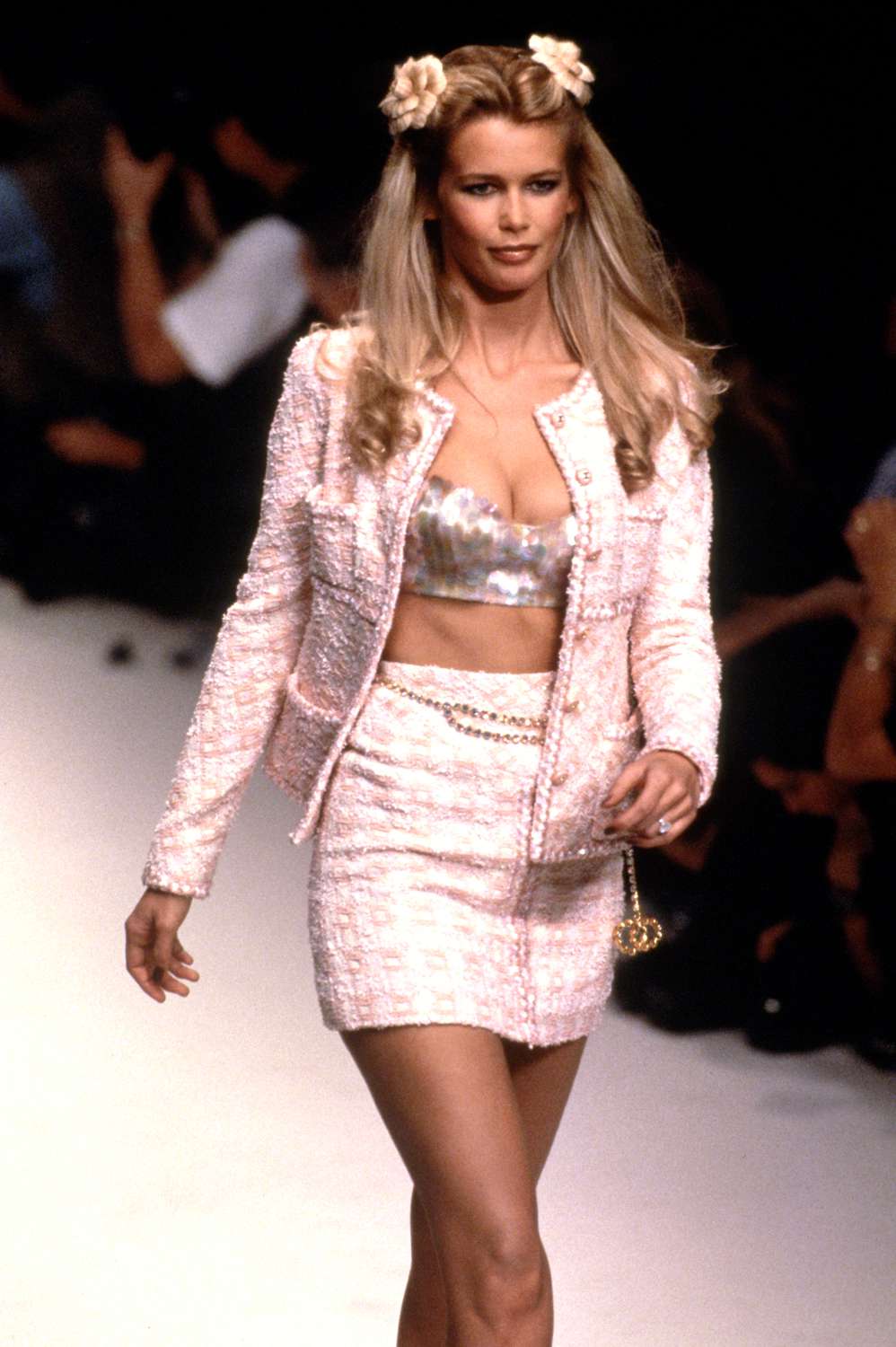
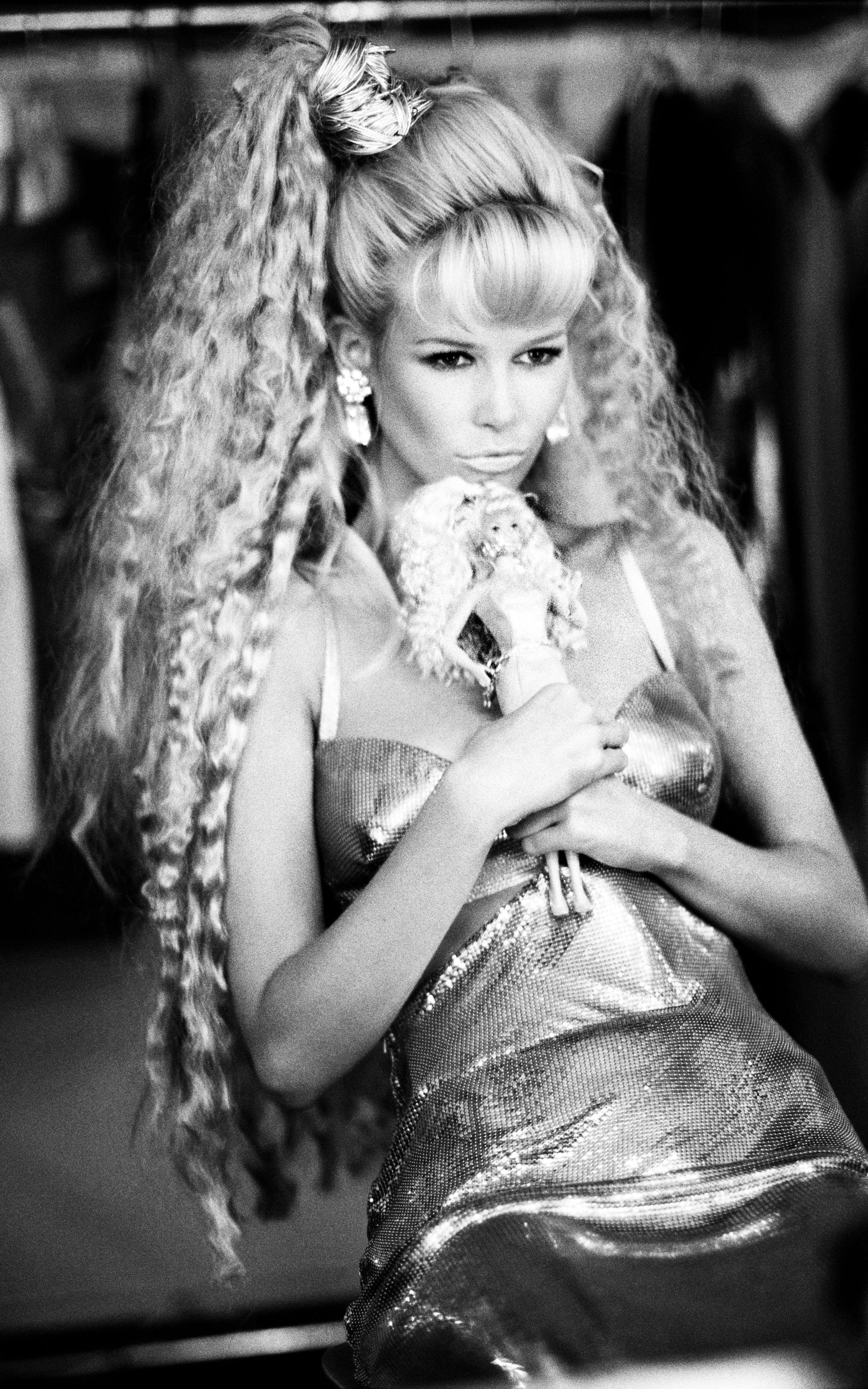

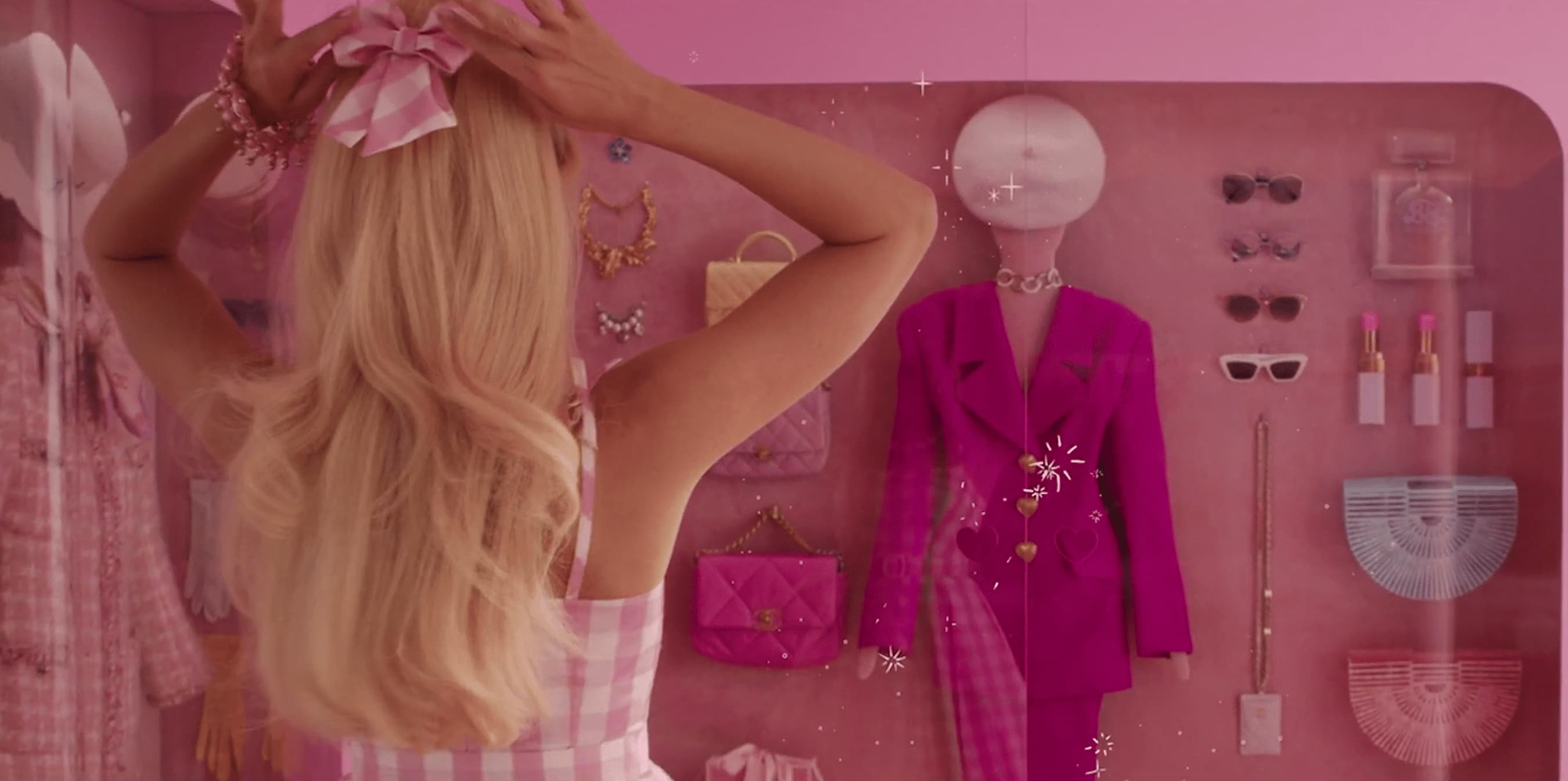

Chanel has suffered its PR blows and woes, thanks to Coco Chanel’s activities and German-aligned involvement during occupied France in World War II. But a brand isn’t solely the decisions of its founder, much less its founder who’s been deceased for over 50 years. Chanel is an indomitable force and will no doubt remain so. This heritage brand manages to be both traditional and fresh, thanks to, in part, its appearances in pop culture and on red carpets. The brand’s appearance in Barbie drives that fact home.
Burberry
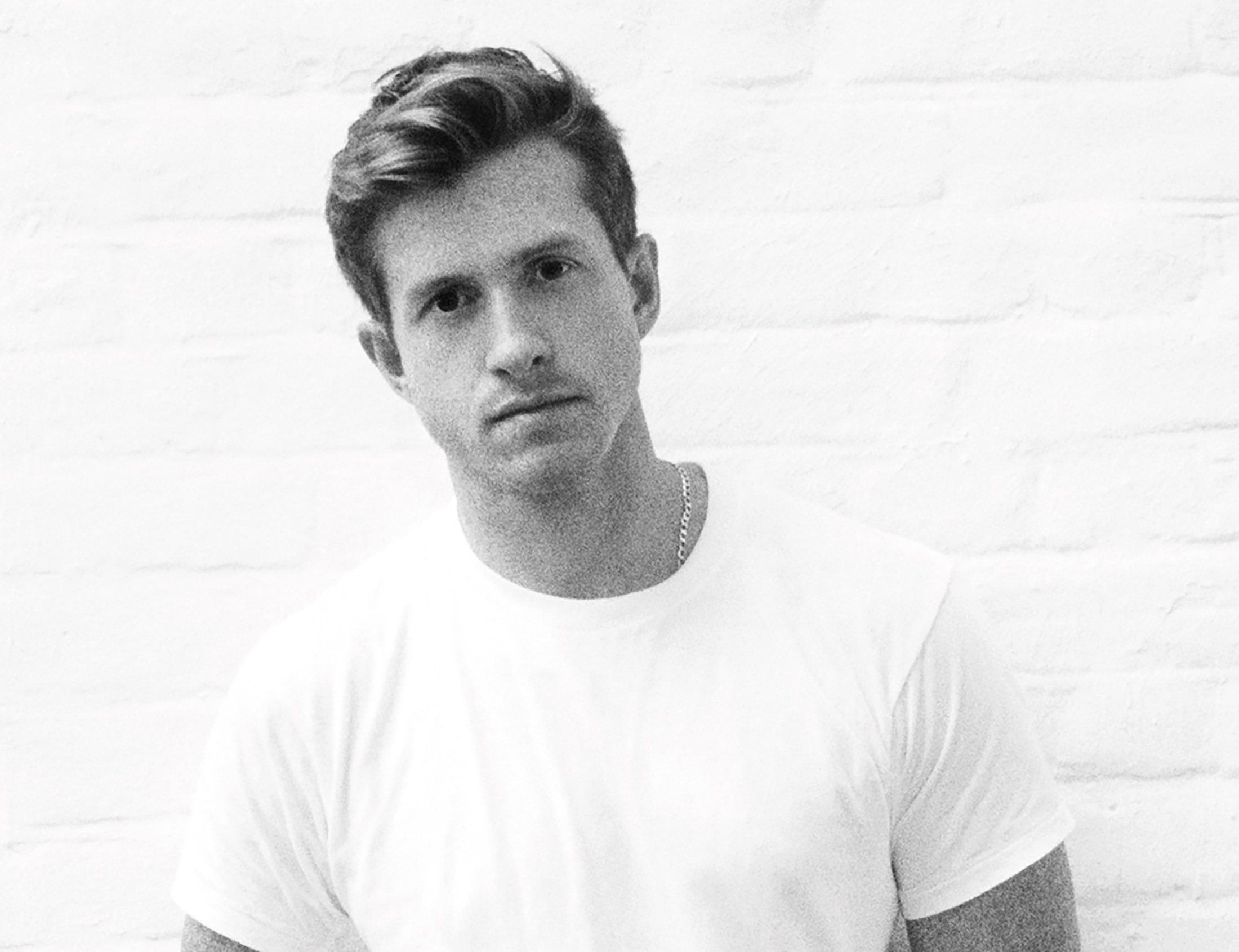
In Q3, Burberry – the iconic and beloved British luxury fashion brand known for its check beige cashmere scarves and trench coats – debuted Daniel Lee’s first-ever collection for Burberry, which had major punk vibes. The collection injected playfulness (hello, purple plaids plus vibrant print shirts!) into the traditional brand. The English fashion designer was formerly the creative director of Bottega Veneta from 2019 – 2021; today, he’s the Chief Creative Officer helming Burberry.
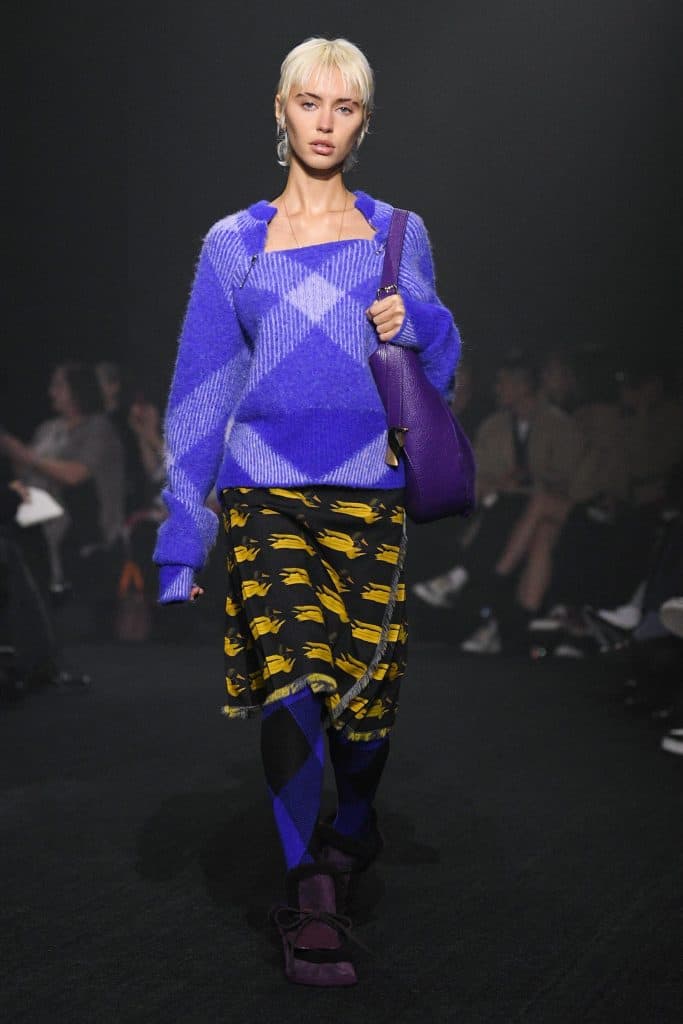
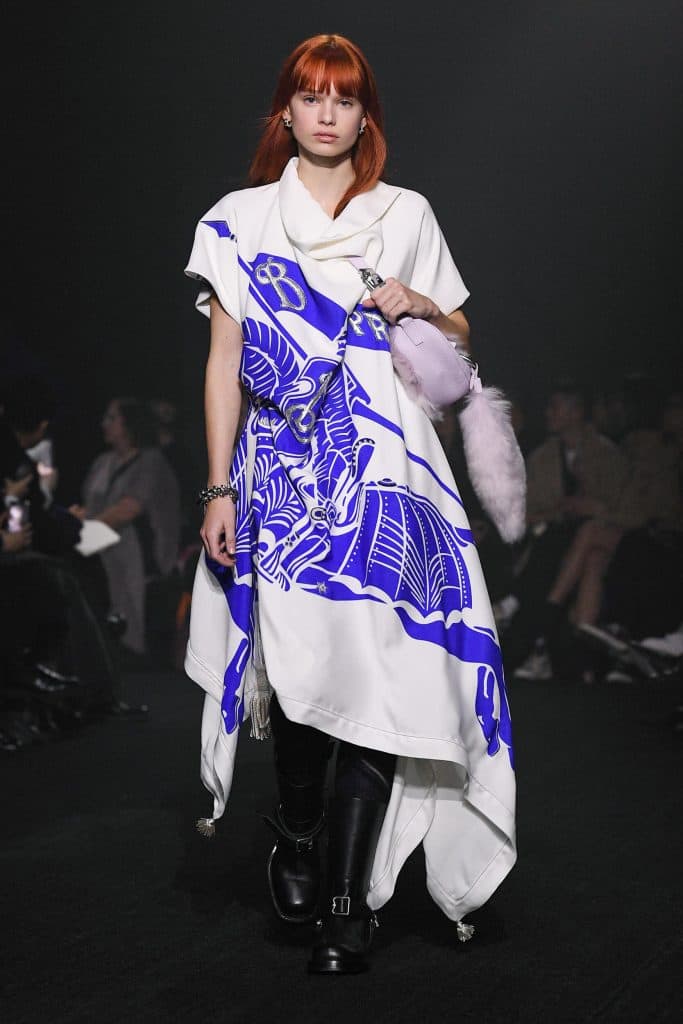
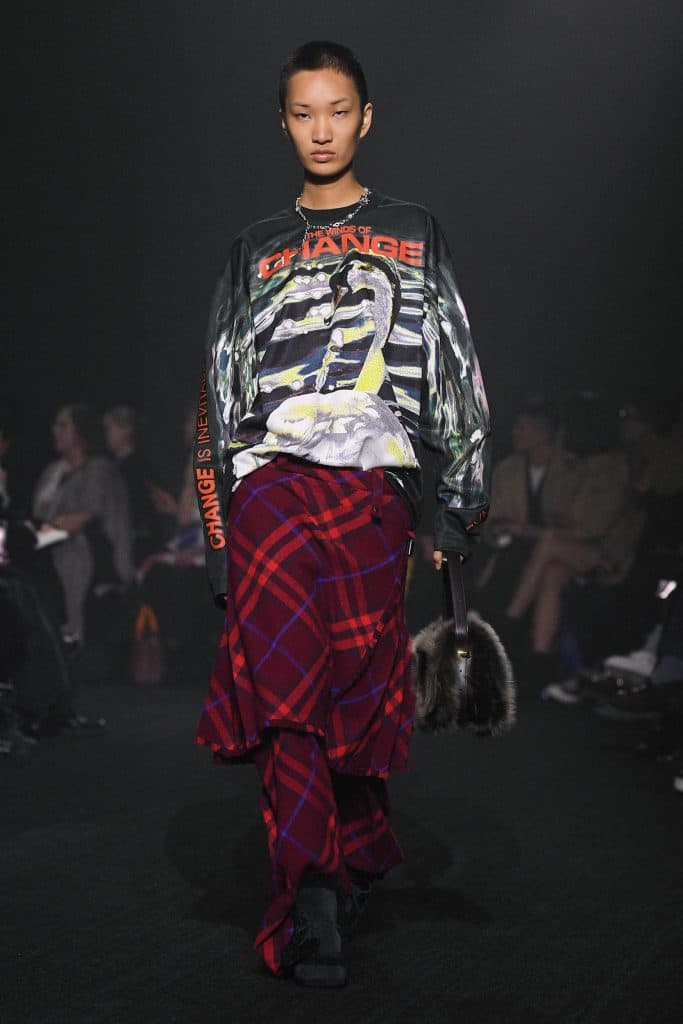
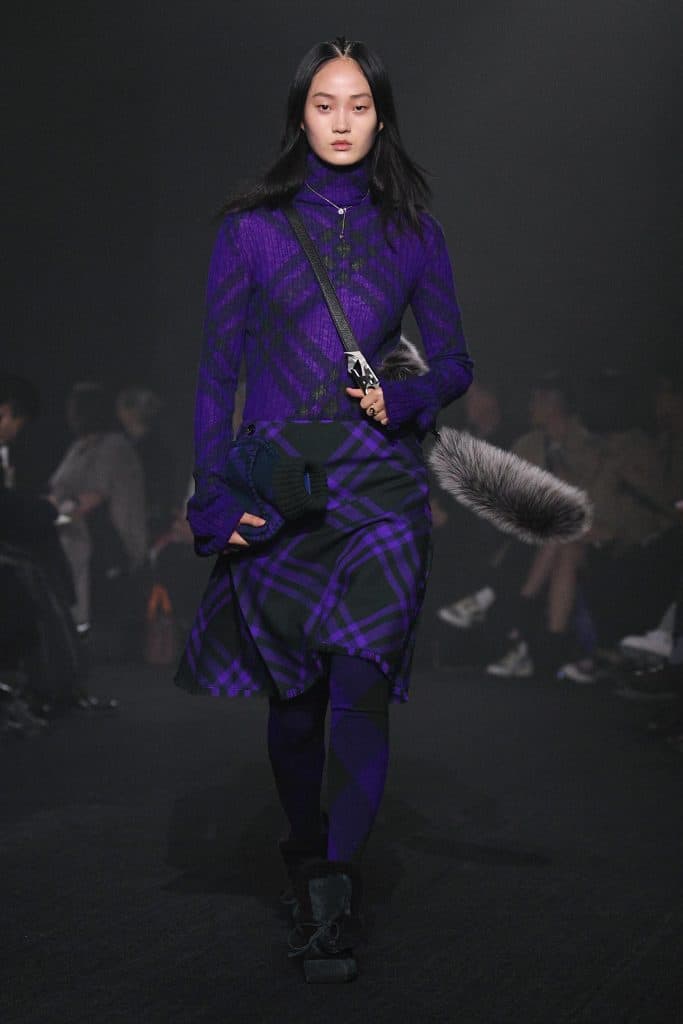
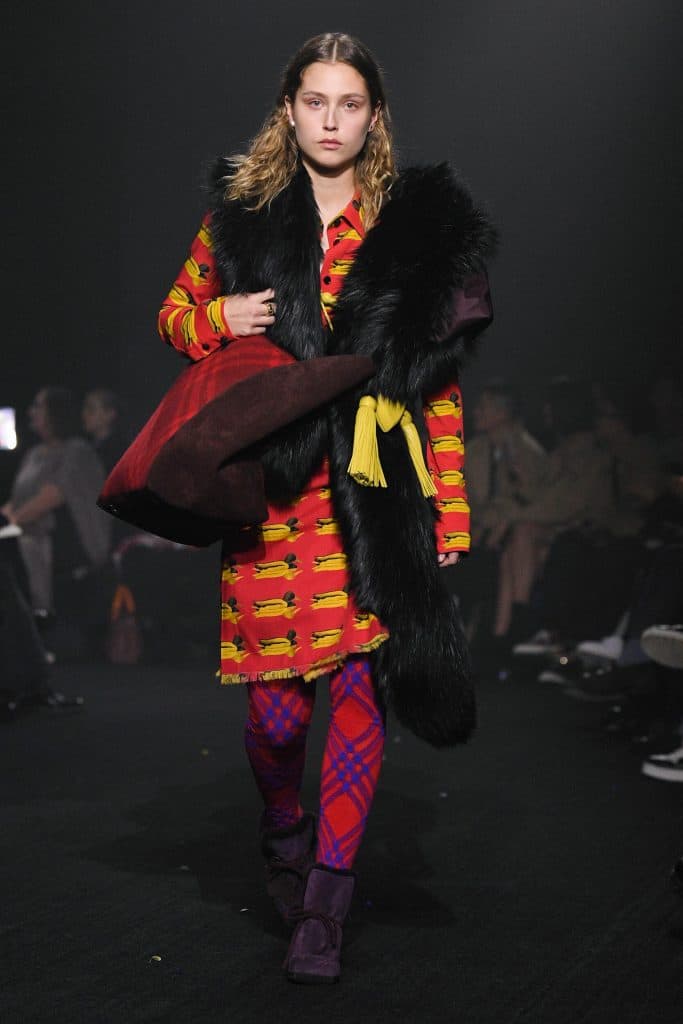
Burberry’s rise in sales this quarter, as reported by Reuters, is thanks to sales jumps seen in China. Innovation and rebranding are keys to staying fresh and current in an ever-competitive market. China store sales for Burberry were up 46%, according to the brand, which puts them on track for a healthy 2024 fiscal year. Burberry sales in Europe were also on the rise, by 17%, thanks to demand seen by Middle Eastern and American tourists.
While Lee’s collection is an example of newness for the legacy brand, global factors like emerging from the pandemic – particularly for markets like China – are also essential factors in maintaining a brand’s robust health and presence.
Ralph Lauren
Cross-marketing and cross-collaborations are critical components of the brand business, and Ralph Lauren knows this. This is evidenced by the brand’s recent cross-collaboration with premiere luxury fashion destination NET-A-PORTER.
In Q3, the classic American legacy label collaborated with NET-A-PORTER for an inspired event on a historic farm in the East Hamptons, and it was a star-studded affair. Celebrities and persons of note like Emma Roberts, Eve Jobs, Rupert Friend, Lauren Bush Lauren, Dianna Argon, Tamron Hall, and more were there.
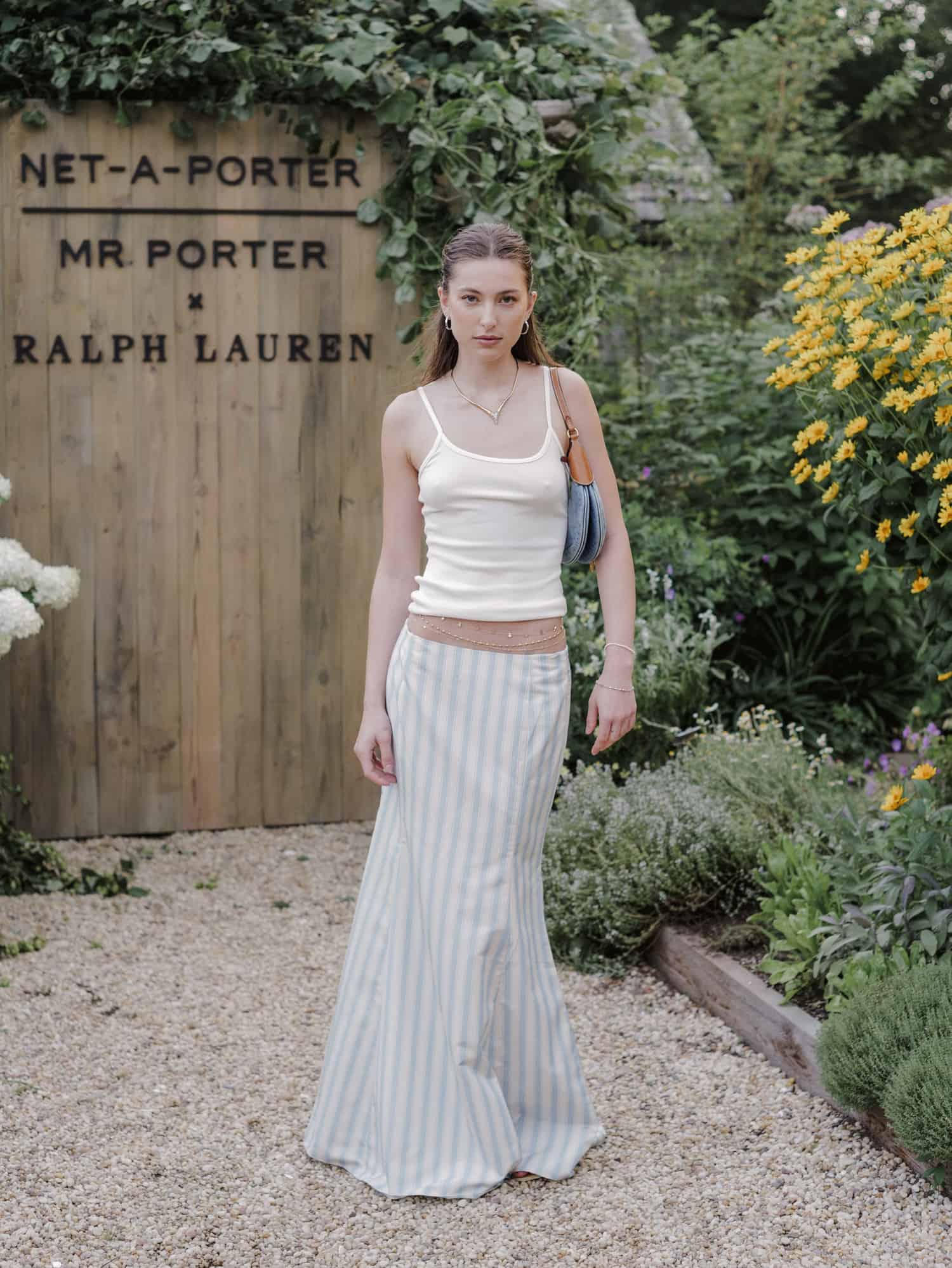
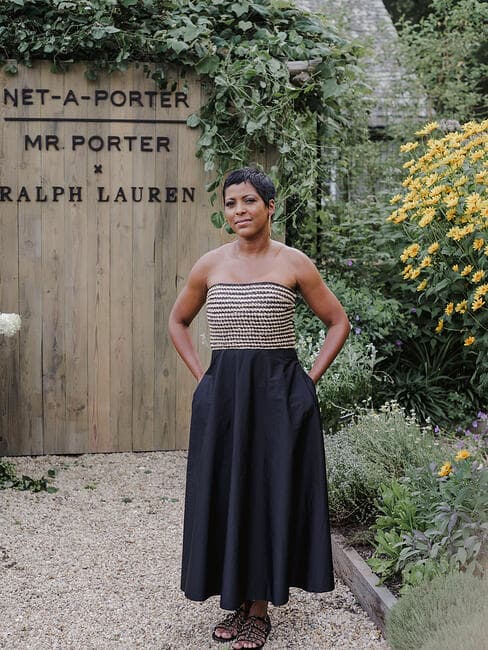
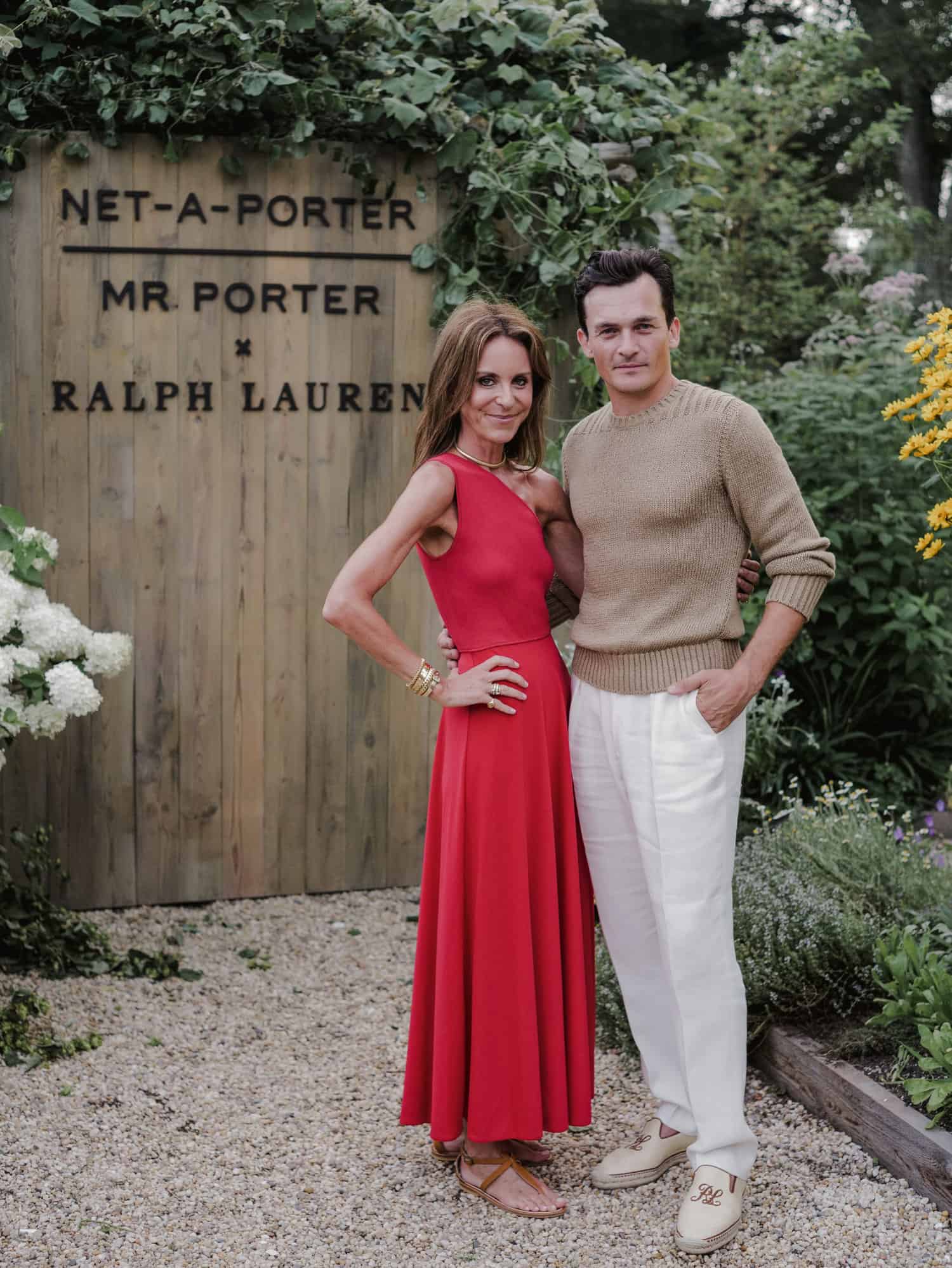

Brand synergy and star power ensure the freshness of a brand and offer its loyal fans and consumers the sensation of being part of a brand community that stays on top and offers newness, no matter how long it’s been at the forefront of fashion.
Tiffany & Co.
In 2021, LVMH completed its acquisition of legacy jewelry brand Tiffany & Co., and the iconic jewelry company with its boxes in the always-recognizable shade of blue has continued to grow and soar post-acquisition. Like Barbie x Chanel, Tiffany & Co. understands the power of cross-marketing and riding the tidal wave of an unstoppable cultural force.
Enter: Beyoncé. The multi-Grammy-award-winning artist and her Grammy-winning husband, Jay-Z, have been faces of the brand for the past couple of years. But the brand up-leveled its Beyoncé factor in Q3 of this year when they released a collection this month, on July 29, inspired by her bestselling Renaissance Tour, which is currently underway.
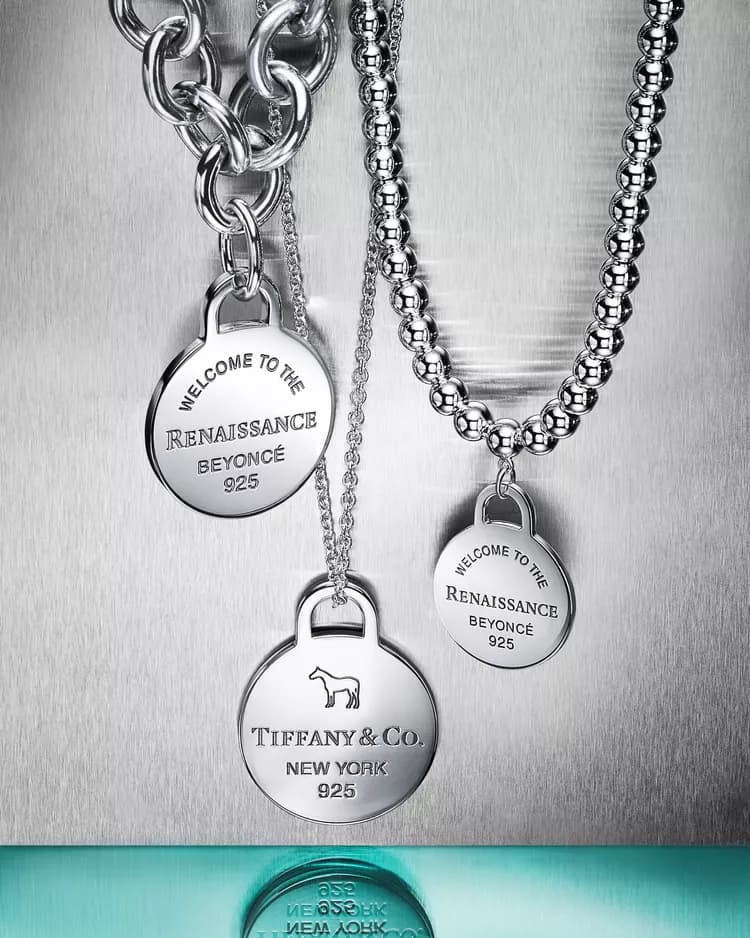
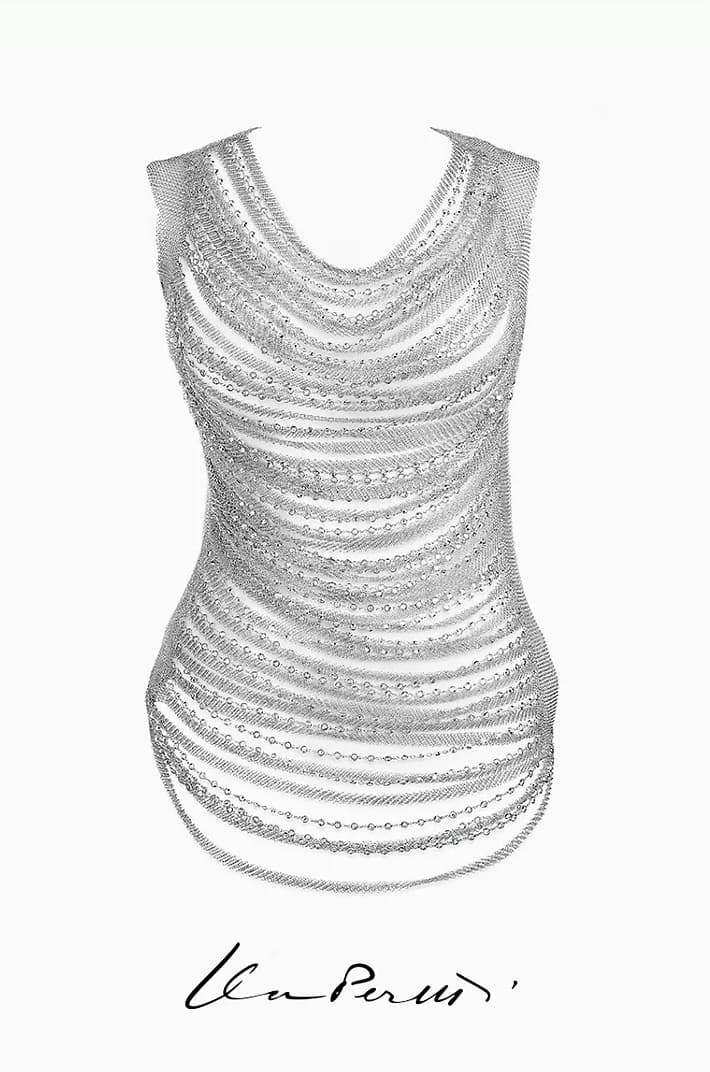
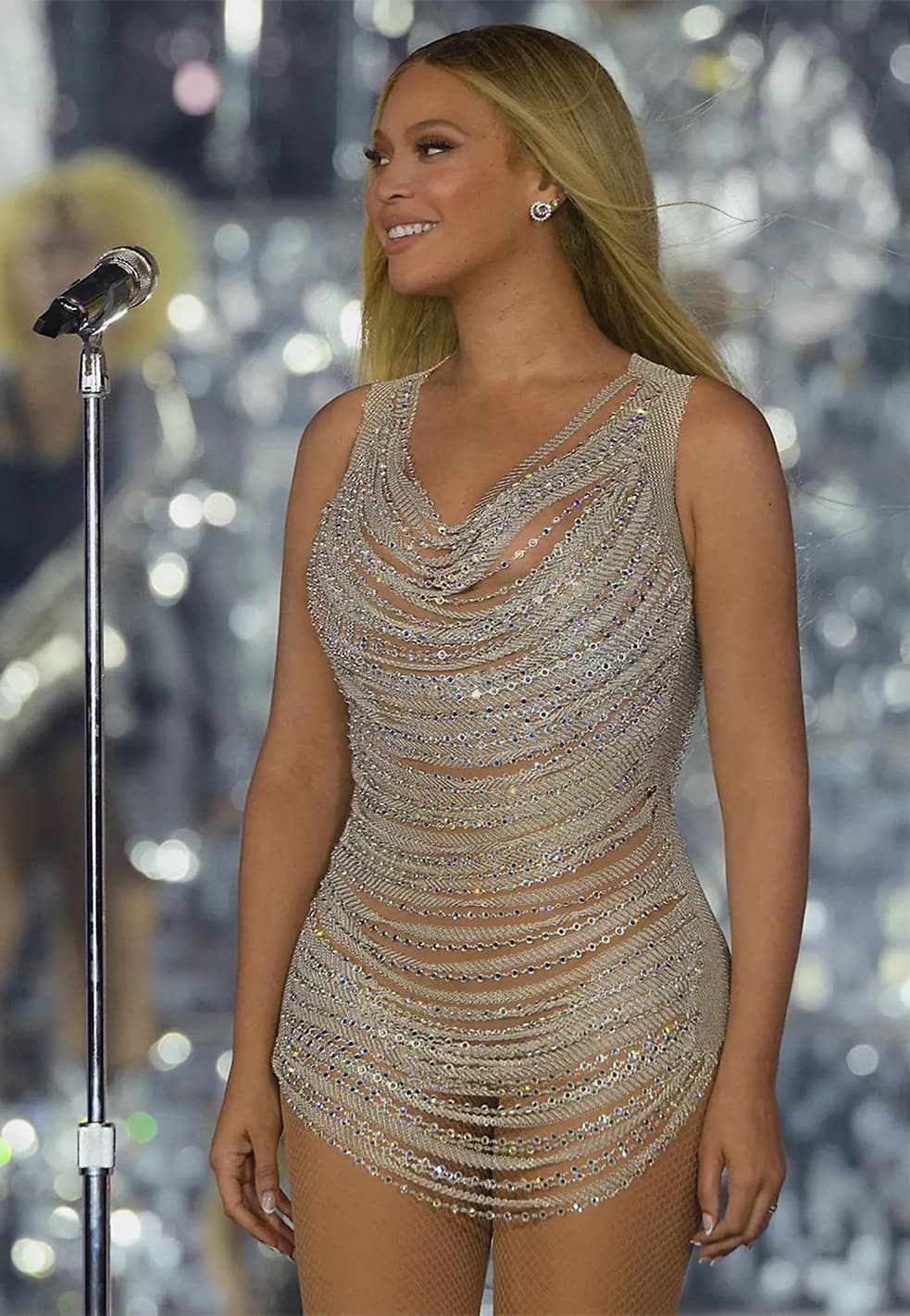
Beyoncé, like Barbie, has a surefire fan base. And when fashion legacy labels and heritage brands can tap into existing networks of loyal consumers, the possibilities – and profits – have the potential to be endless.
And that’s certainly something to sing about.
